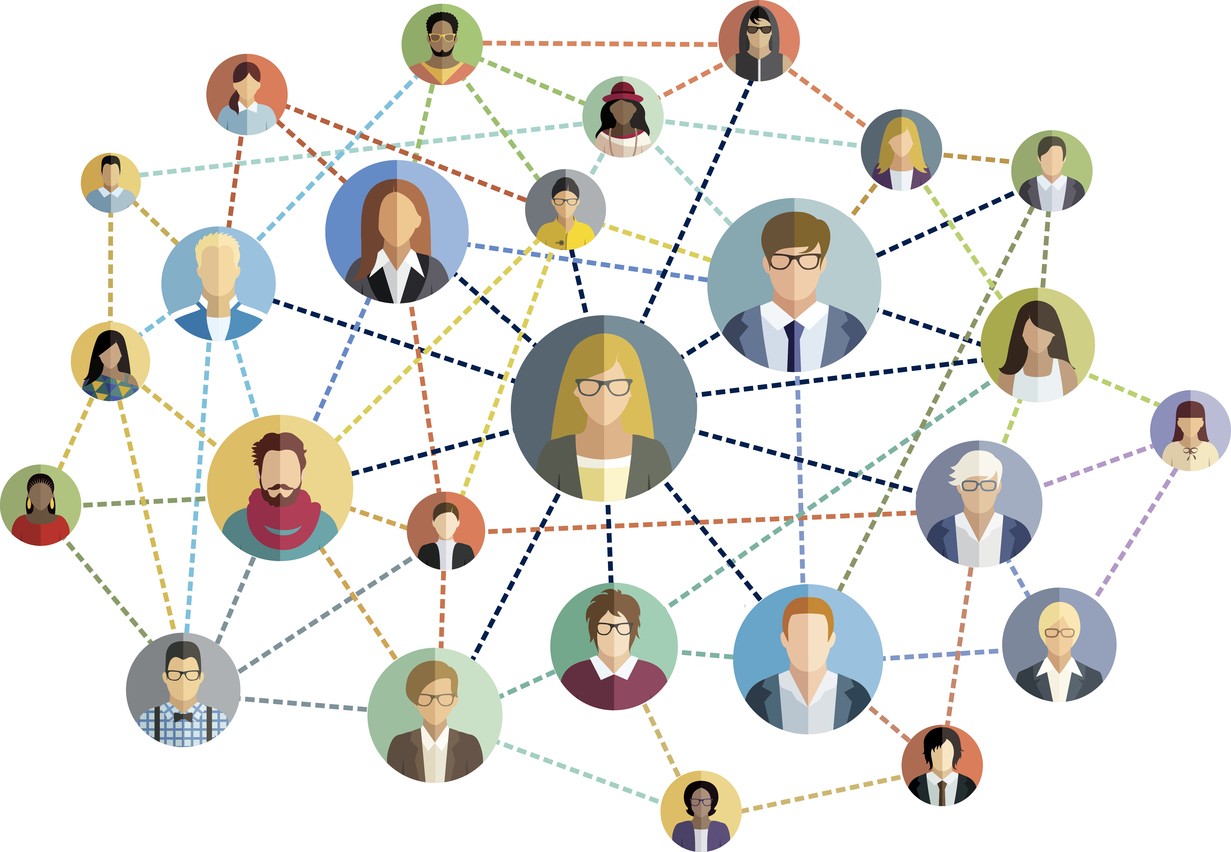In today’s data-driven world, the ability to interpret and communicate information through compelling visuals is a valuable skill. Data visualization has become a crucial aspect of various industries, from business and finance to healthcare and beyond.
Whether you’re just starting or looking to advance in your career, this article will guide you through the stages of becoming an expert in data visualization, providing insights and tips to help you navigate your career path.
Page Contents
Understanding the Basics:
As a novice in the field of data visualization, it’s essential to grasp the fundamentals. Begin by learning the basic principles of design, color theory, and information hierarchy. Familiarize yourself with popular tools like Microsoft Excel, Google Sheets, or Tableau. Online platforms and courses such as Coursera, Udemy, and Khan Academy offer excellent resources to build a strong foundation.
Mastering Essential Tools:

Source: theforage.com
Progressing in your career requires a deep understanding of data visualization tools. Invest time in mastering industry-standard tools like Tableau, Power BI, or D3.js. These platforms offer advanced features to create intricate visualizations and dashboards. Attend workshops, webinars, and online tutorials to stay updated on the latest features and techniques.
Developing a Portfolio:
As you gain proficiency in data visualization, start building a portfolio showcasing your projects. A well-curated portfolio demonstrates your skills and serves as a tangible representation of your expertise. Include a diverse range of projects that highlight your ability to tackle various data challenges and present insights effectively.
Networking and Collaboration:

Source: scholarlykitchen.sspnet.org
Networking is a vital aspect of career development. Join online forums, attend conferences, and connect with professionals in the field. Platforms like LinkedIn and Twitter are excellent for engaging with the data visualization community. Collaborate on projects with peers to gain practical experience and broaden your perspective on different industries and data sets.
Specialization and Continuous Learning:
To become an expert in data analysis, consider specializing in specific domains or techniques. Whether it’s geographical mapping, interactive dashboards, or storytelling through data, developing expertise in a niche area can set you apart. Stay updated on emerging trends by participating in workshops, reading industry publications, and pursuing advanced courses.
Incorporating User Feedback:

Source: rapidr.io
One hallmark of an expert data visualizer is the ability to incorporate user feedback effectively. Practice iterative design, seek input from stakeholders, and refine your visualizations based on user experience. This iterative process not only enhances the quality of your work but also fosters collaboration and communication skills.
Mentorship and Continuous Improvement:
Seek mentorship from experienced professionals in the field. A mentor can provide guidance, share industry insights, and help you navigate challenges. Additionally, adopt a mindset of continuous improvement. Embrace new technologies, tools, and methodologies to stay at the forefront of the rapidly evolving field of data visualization.
Conclusion:
Navigating your career path in data visualization requires a combination of foundational knowledge, practical experience, and a commitment to continuous learning. By mastering essential tools, building a robust portfolio, networking with industry professionals, and embracing specialization, you can progress from being a novice to an expert in this dynamic and rewarding field. Remember that the journey is ongoing, and staying curious and adaptable will contribute to your long-term success in data visualization.





